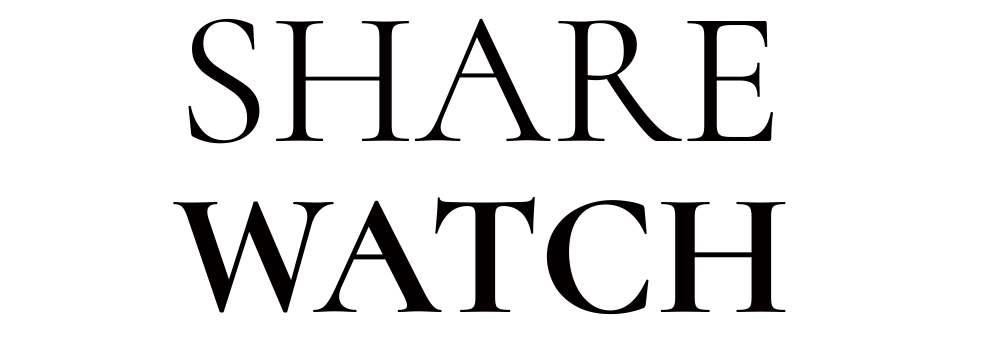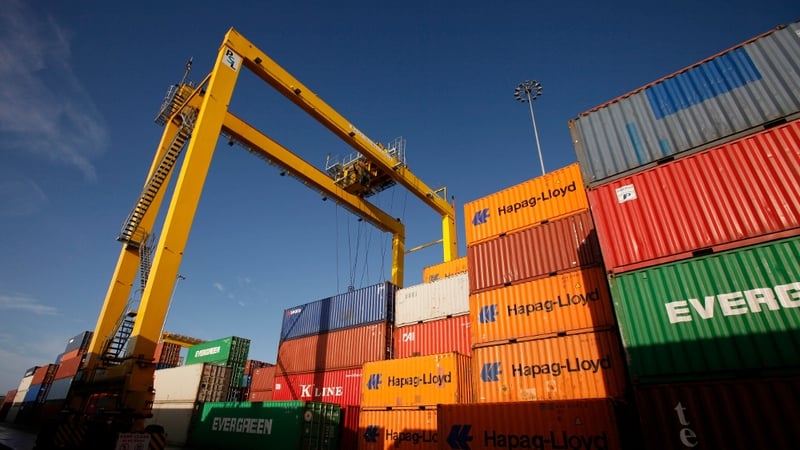New figures from the Central Statistics Office show that on a monthly basis, the value of exports fell sharply in June, down 26.3% from May as exports to the US slowed significantly.
The CSO said that exports of goods to the US sank by 59.6% in June to €4.4 billion compared with €10.8 billion in May.
The big drop had been expected as the past few months had seen significant front-loading and stockpiling ahead of new US tariffs, with trade flows now normalising.
On an annual basis, exports to the US fell by 23.4% to €4.4 billion in June compared with the June 2024 figure of €5.7 billion.
The CSO said the value of overall exports rose by 4.8% to €17.5 billion in June from €16.7 billion the same month last year.
Ireland’s top exporting partners in June were the US, the Netherlands and Belgium, with Ireland exporting 24.9%, 13.9% and 10.1% of total export goods respectively to these countries.
Meanwhile, exports to Great Britain increased by 12.8% to €1.24 billion in June compared with €1.10 billion in June of last year.
The CSO noted than exports to Great Britain accounted for 7.1% of total export trade in June
Today’s figures show that exports of Medical & Pharmaceutical Products increased by 8.9% to €7.3 billion in June from €6.7 billion in June of last year – marking 41.4% of total exports.
But exports of Organic Chemicals decreased by 29.9% to €1.8 billion in June compared with €2.5 billion the same time last year.
The CSO today reported a seasonally adjusted trade surplus of €5.4 billion for June, down from €12.3 billion in May – a drop of 55.7%.
Commenting on today’s figures, Carol Lynch, Head of Customs and International Trade Services at BDO, said the US remains Ireland’s largest trading partner, accounting for almost a quarter of all exports in June, yet exports to the US fell by 23.4% year-on-year to €4.4 billion, and by almost 60% compared to May’s figures.
She noted that much of this decline was in organic chemicals, while medical and pharmaceutical exports to the US rose nearly 9% to €7.3 billion compared to €6.7 billion a year earlier.
Ms Lynch said that attention now turns to the outcome of the US Section 232 investigation, which will determine whether EU pharmaceuticals will face the new standard US-EU tariff ceiling of 15%, a lower rate, or potentially a higher one – though the EU insists the 15% cap will apply.
“The White House’s 28 July statement confirmed a 15% ceiling on most EU goods, including pharmaceuticals, cars and semiconductors, while the European Commission stressed that this rate is inclusive and represents a maximum,” Carol Lynch said.
“However, President Trump has also floated the idea of pharmaceutical tariffs eventually rising to 150% and 250%, creating uncertainty over timing and application,” she added.




